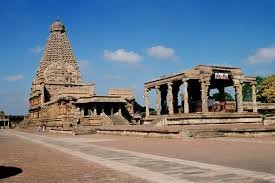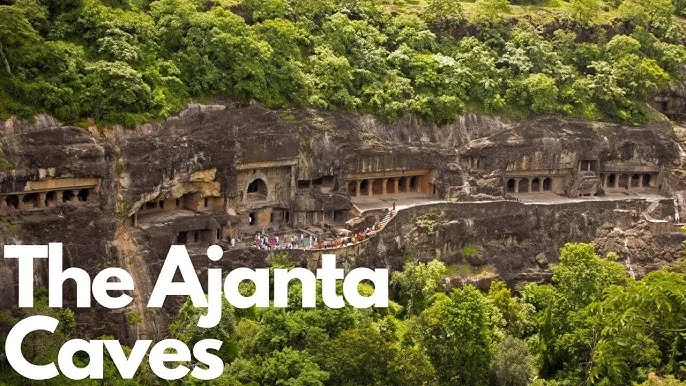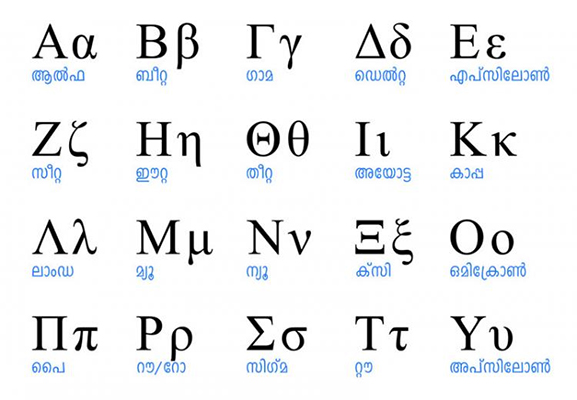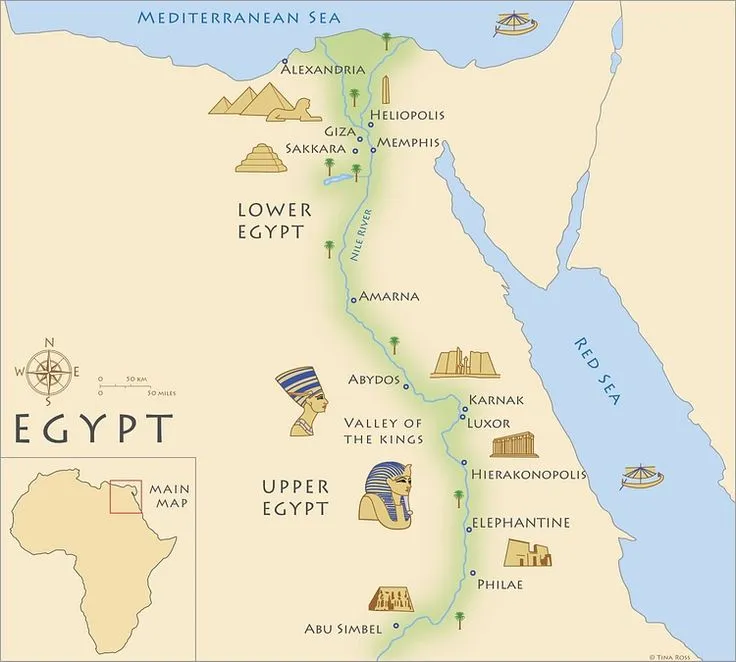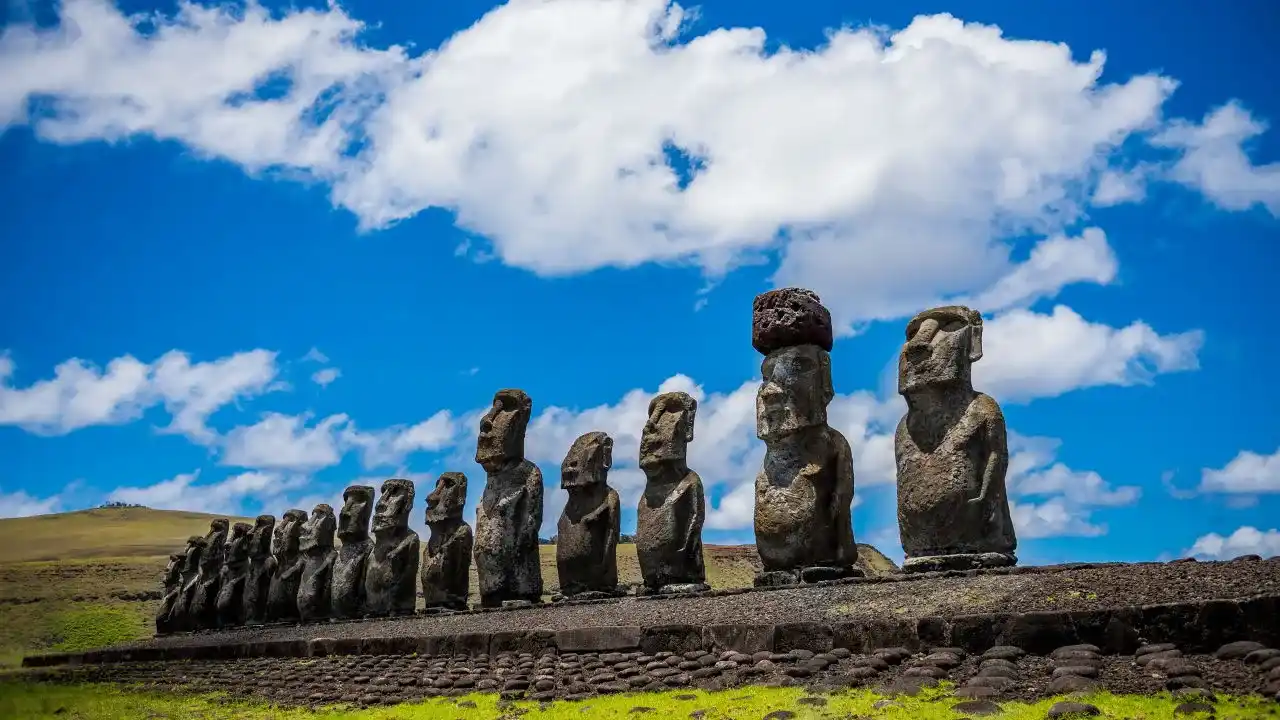India is a land of timeless wonders, ancient civilizations, and monumental marvels. The Archaeological Survey of India (ASI) is a top institution in charge of protecting the historical integrity of India’s archaeological sites and monuments, and it is at the core of efforts to preserve this enormous heritage.
What is the Archeological Survey of India (ASI)?
Established in 1861 by British archaeologist Alexander Cunningham, the Archaeological Survey of India is a government agency under the Ministry of Culture, dedicated to archaeological research, conservation, and preservation of ancient monuments and cultural sites across India.
Core Functions of the ASI
1. Survey and Exploration
ASI conducts ground and aerial surveys to discover new archaeological sites across India. This includes:
- Ancient settlements
- Buried temples
- Fort ruins
- Rock art and cave paintings
2. Excavation Work
Once a site is identified, ASI leads the excavation efforts to unearth artifacts, sculptures, pottery, tools, and other remnants that reveal the lifestyle and beliefs of past civilizations.
3. Monument Conservation
Over 3,600 protected monuments are maintained and preserved by the ASI, including:
- Taj Mahal
- Qutub Minar
- Ajanta and Ellora Caves
- Konark Sun Temple
It involves cleaning, repairing, structural strengthening, and environmental protection of sites.
4. Epigraphy and Numismatics
The ASI studies ancient inscriptions (epigraphy) and coins (numismatics) to decode historical events, rulers, and trade systems of ancient India.
5. Museum Management
ASI operates over 44 site museums that display findings from excavations. These museums are important for education, tourism, and historical research.
6. Publication of Research
The ASI publishes bulletins, excavation reports, and books on India’s archaeology, art, and architecture. These are valuable resources for scholars and history enthusiasts.
Major Projects Undertaken by ASI
Some of the iconic restoration and preservation projects include:
- Restoration of Hampi monuments in Karnataka
- Preservation of Nalanda University ruins in Bihar
- Excavation at Rakhigarhi, a major site of the Indus Valley Civilization
- Conservation of Buddhist monasteries in Ladakh
These projects not only protect our heritage but also boost tourism and community involvement.
Legal Role and Heritage Protection
The ASI enforces the Ancient Monuments and Archaeological Sites and Remains Act (1958), which prohibits unauthorized construction near protected sites and ensures their safety from urban encroachment and vandalism.
Modern Technologies in ASI’s Work
ASI has also embraced modern methods for effective conservation:
- 3D laser scanning of monuments
- Geographic Information Systems (GIS)
- Carbon dating and remote sensing
- Digital documentation of sites
These tools help preserve India’s past with accuracy and longevity.
How You Can Get Involved
- Visit heritage sites and ASI museums
- Join archaeological training camps
- Read ASI publications
- Respect and protect monuments during visits
By being aware and informed, you can support heritage preservation.
The Archaeological Survey of India plays a vital role in connecting the present with the past. The Archeological Survey of India makes sure that India’s cultural riches continue to inspire future generations by protecting magnificent forts and finding lost civilizations.
Explore open source with Techwelfare and uncover the wonders of history—from the Top Architectural Styles: A Journey Through History and Design and The Ancient Cities of the Deccan Plateau to The Mysterious Megaliths of India. Stay curious and keep exploring more historical insights only at Mapupa – Search anything for your INFORMATION.
![]()

